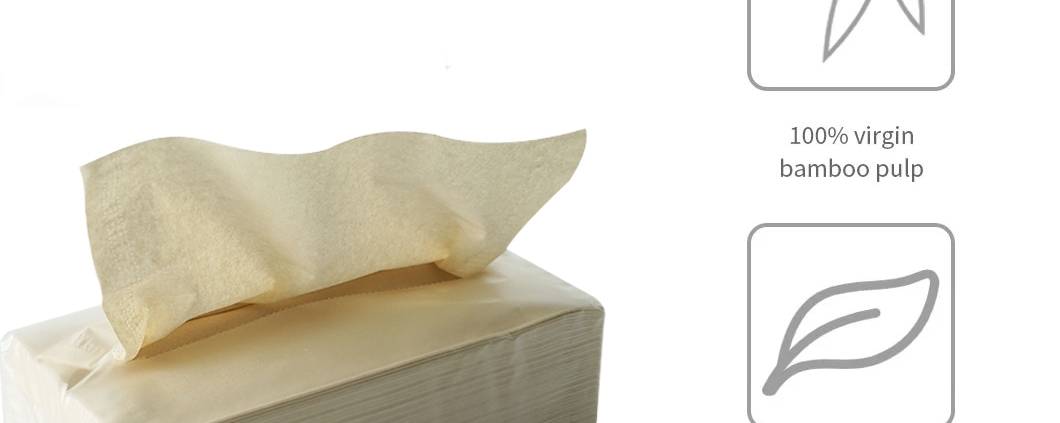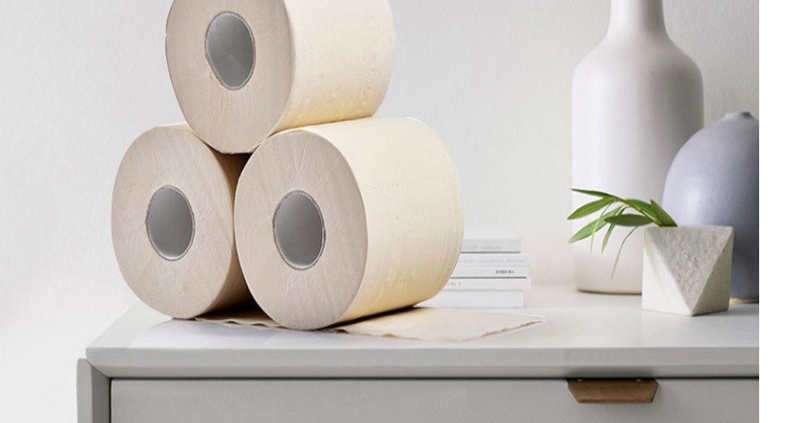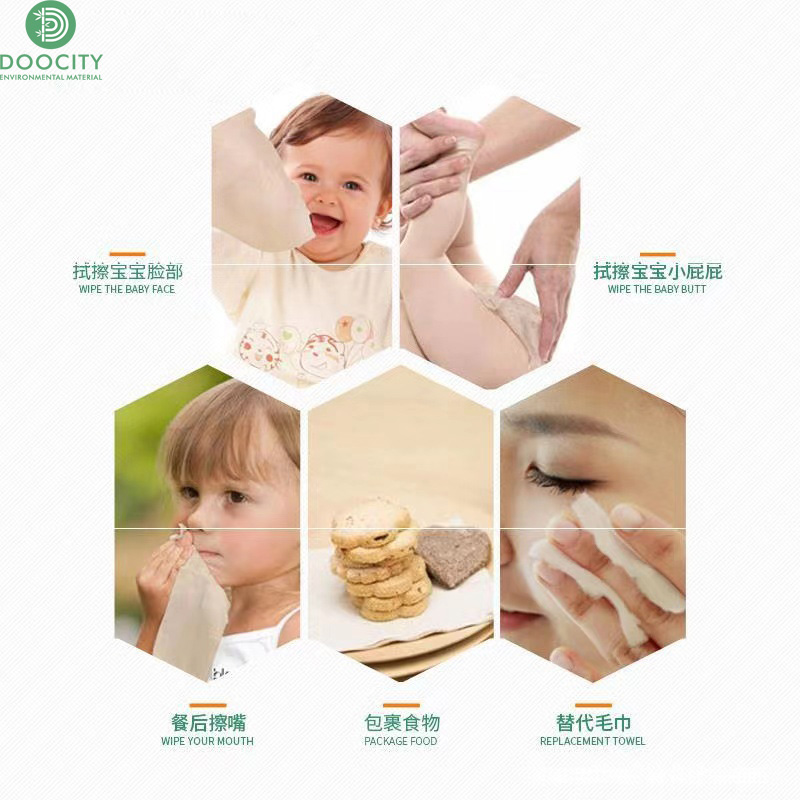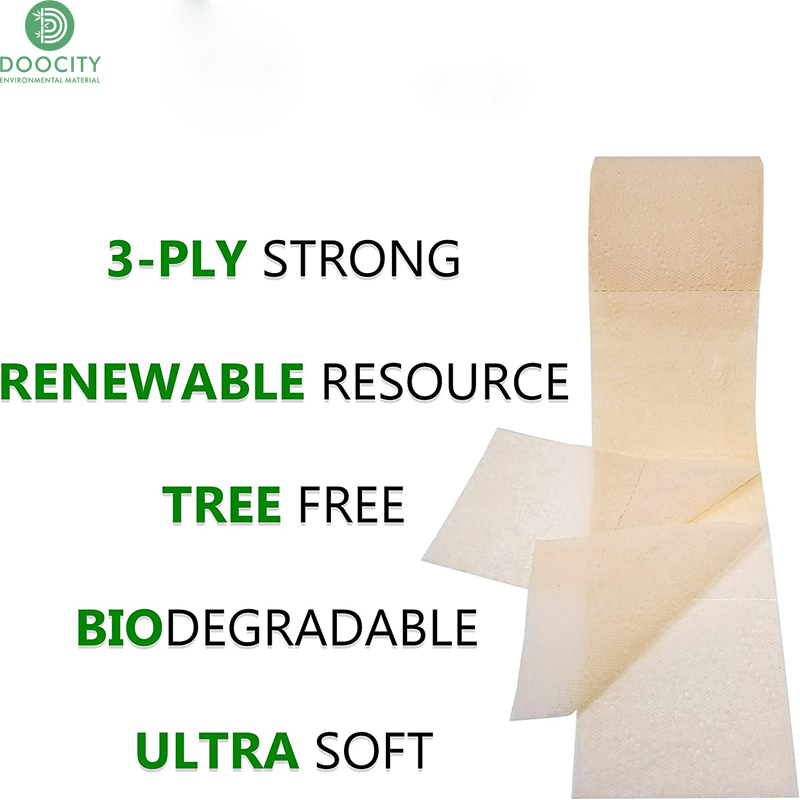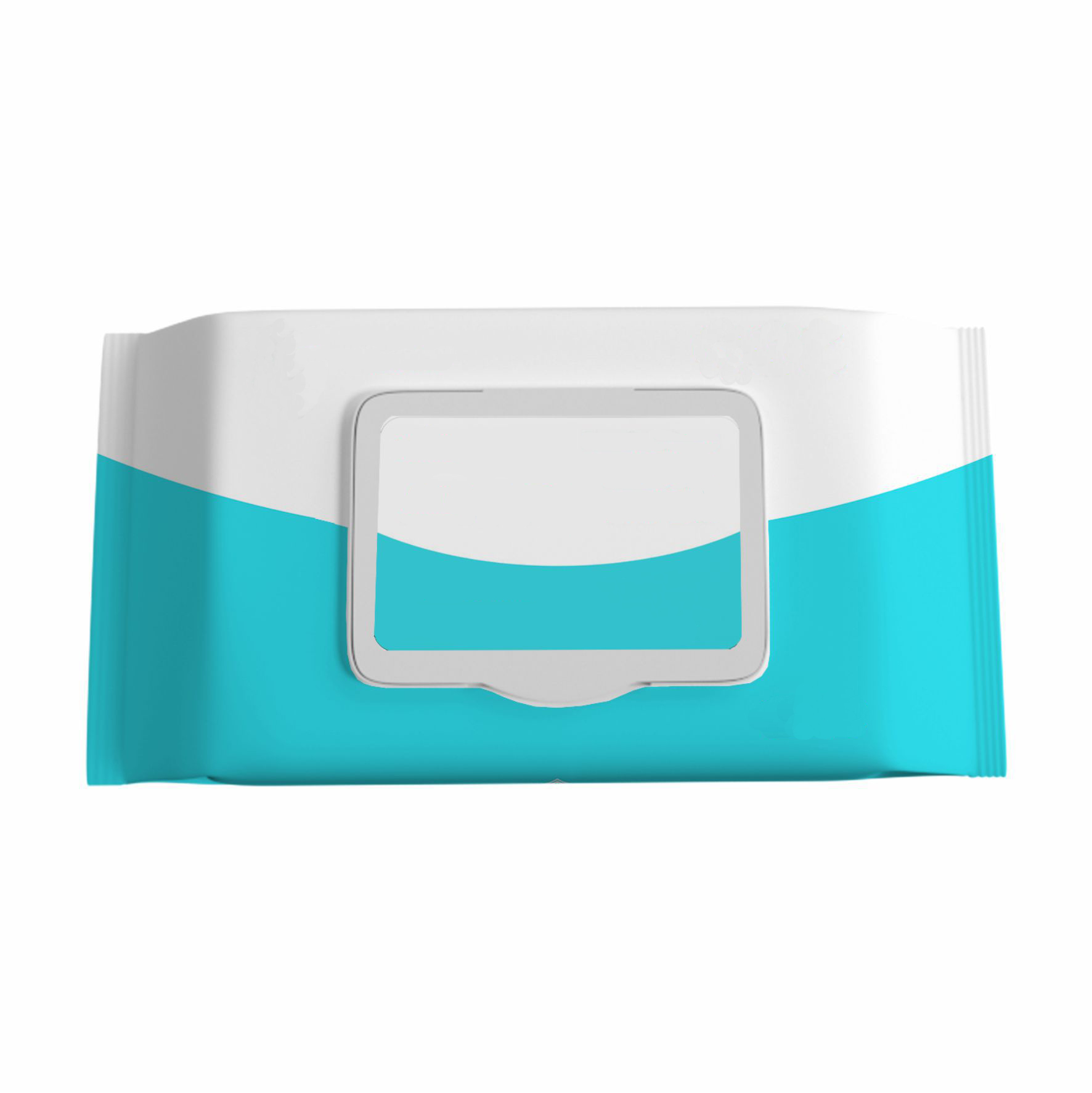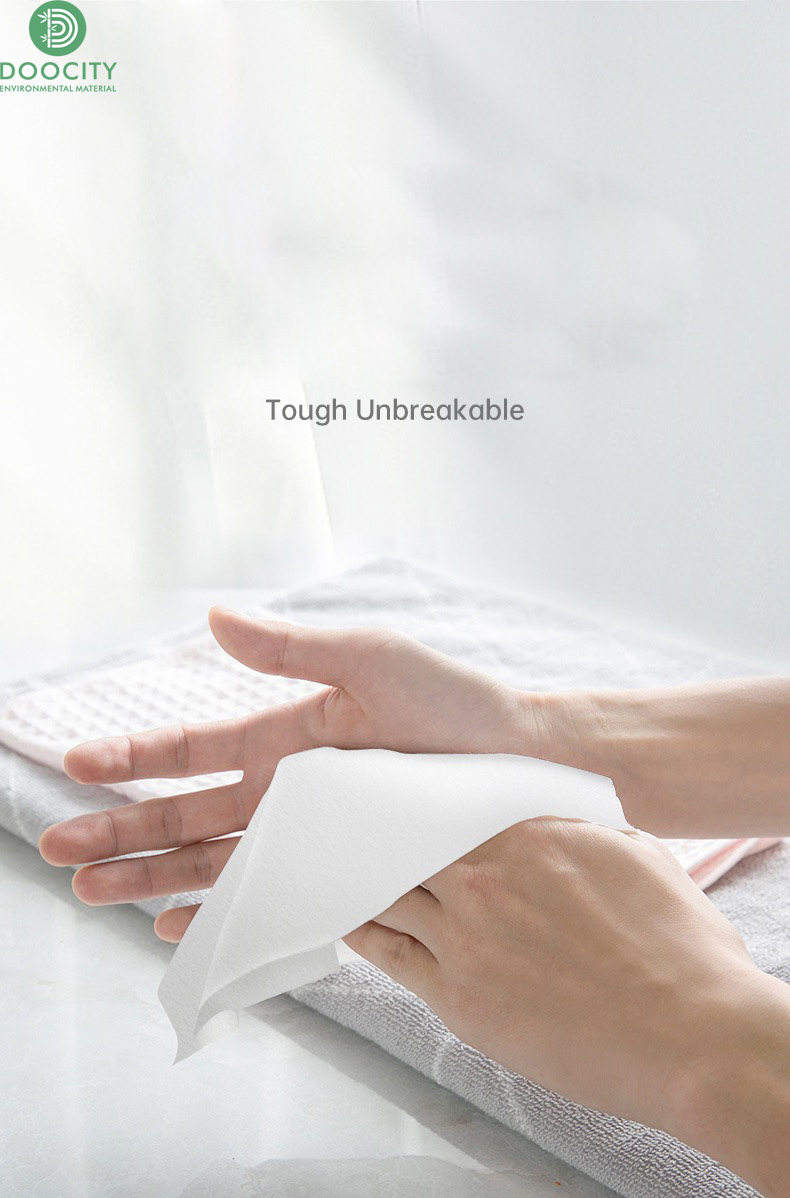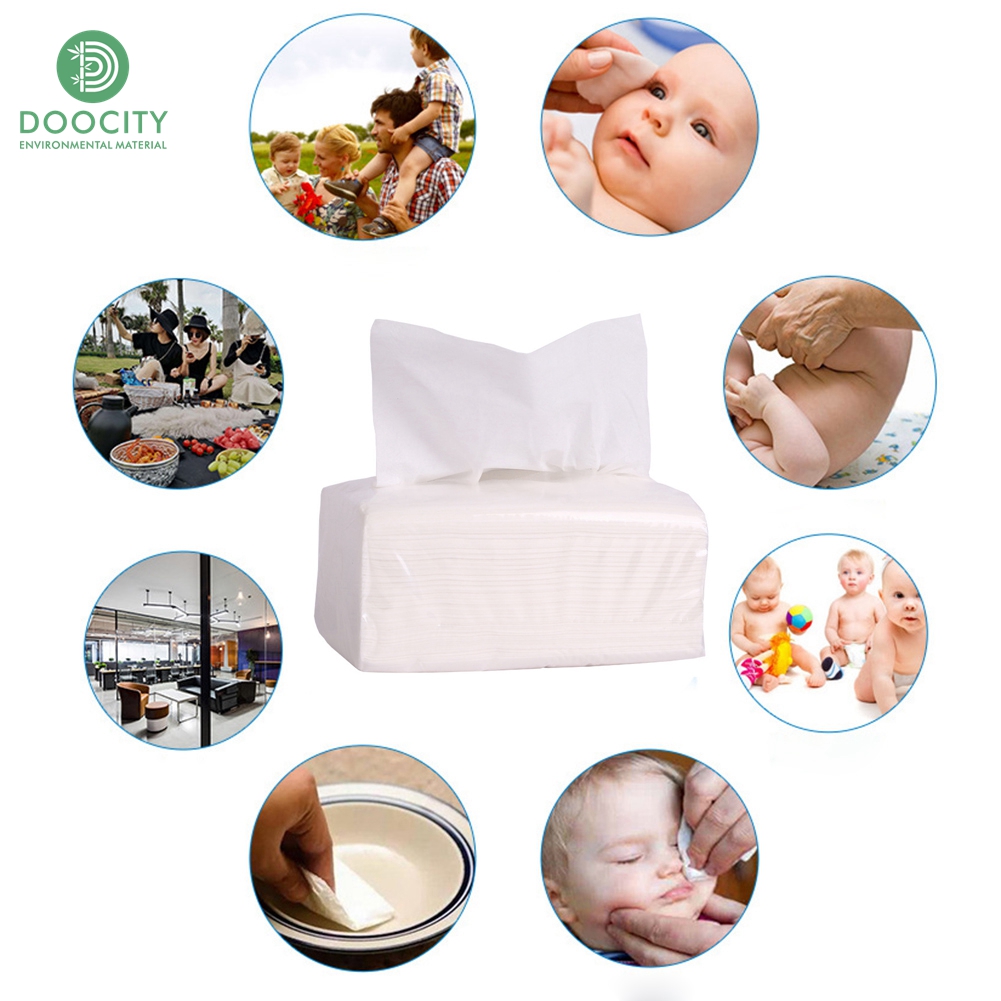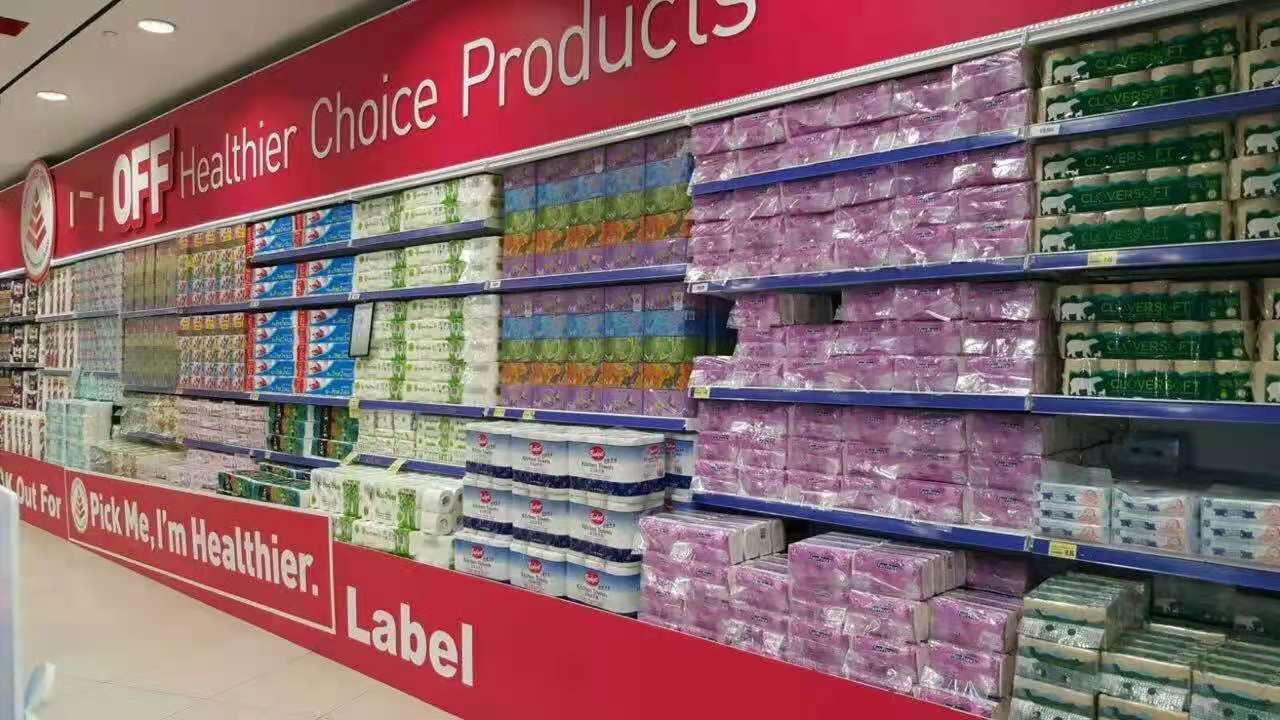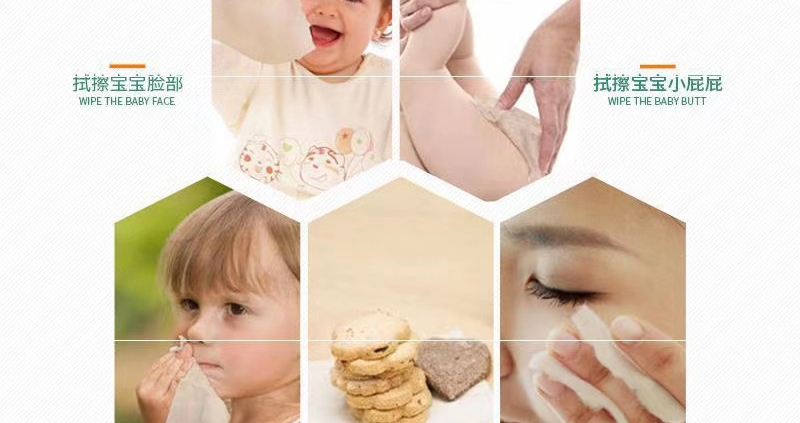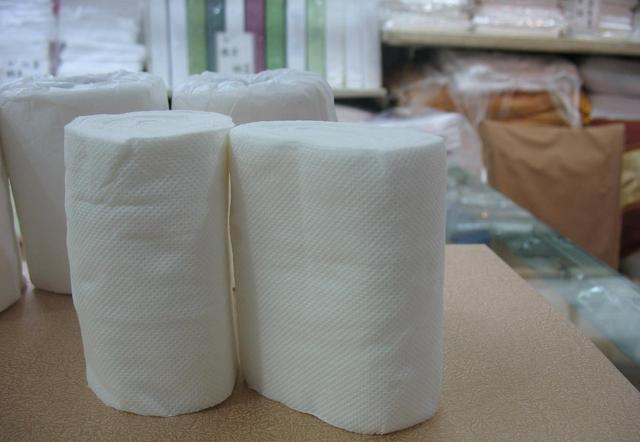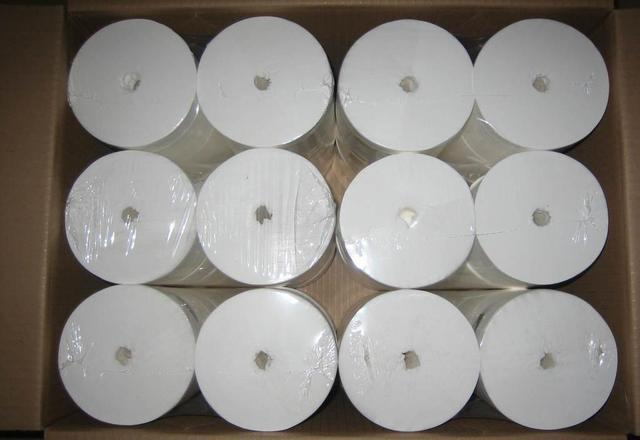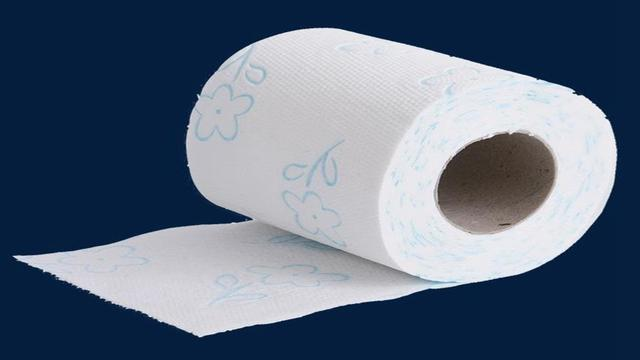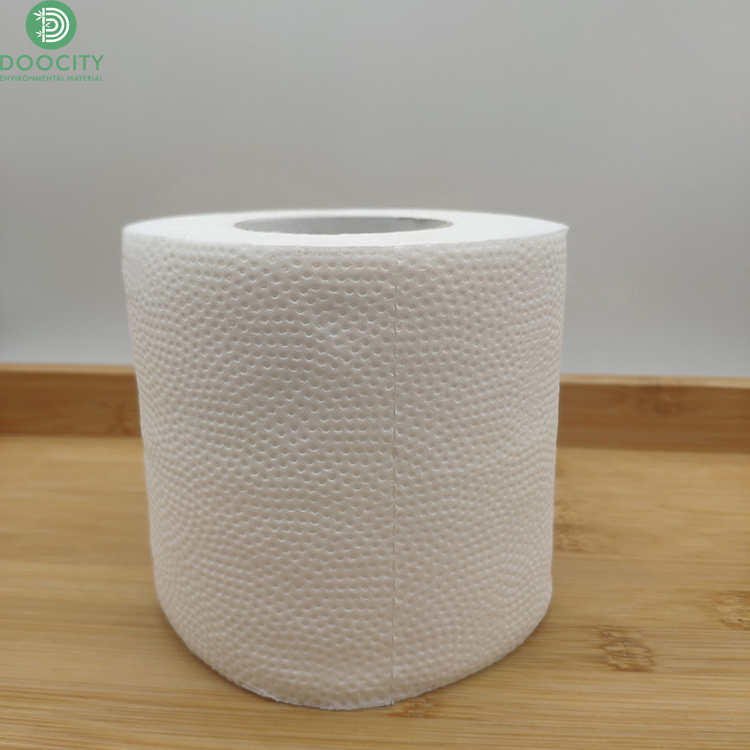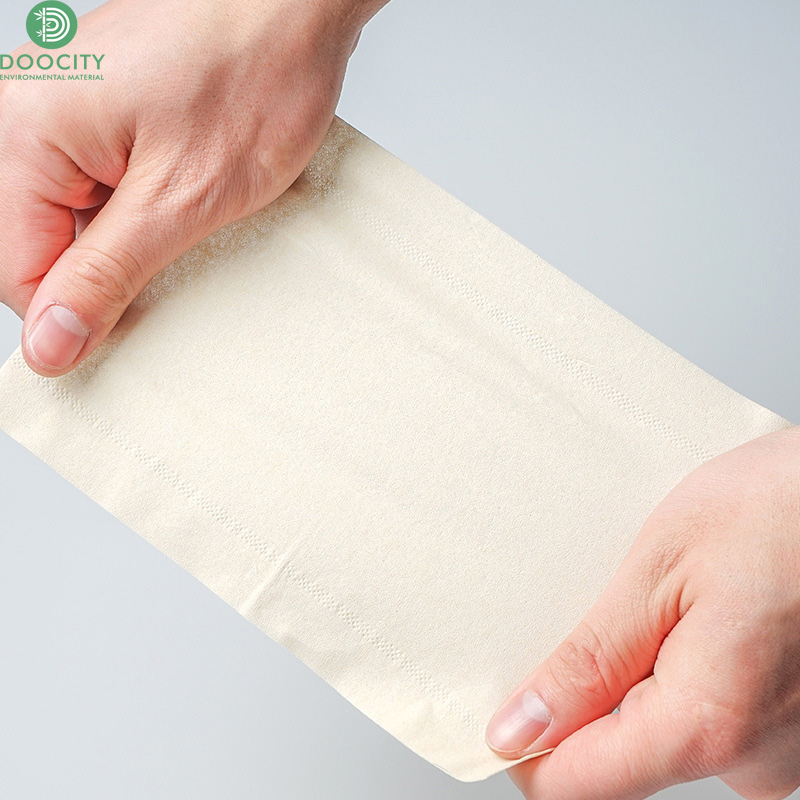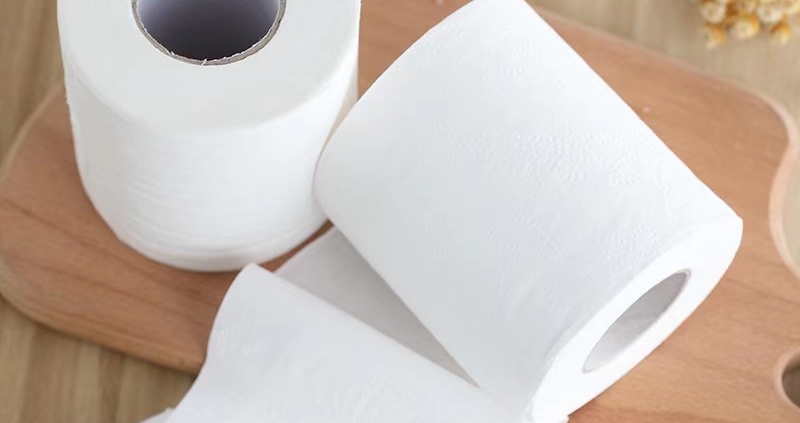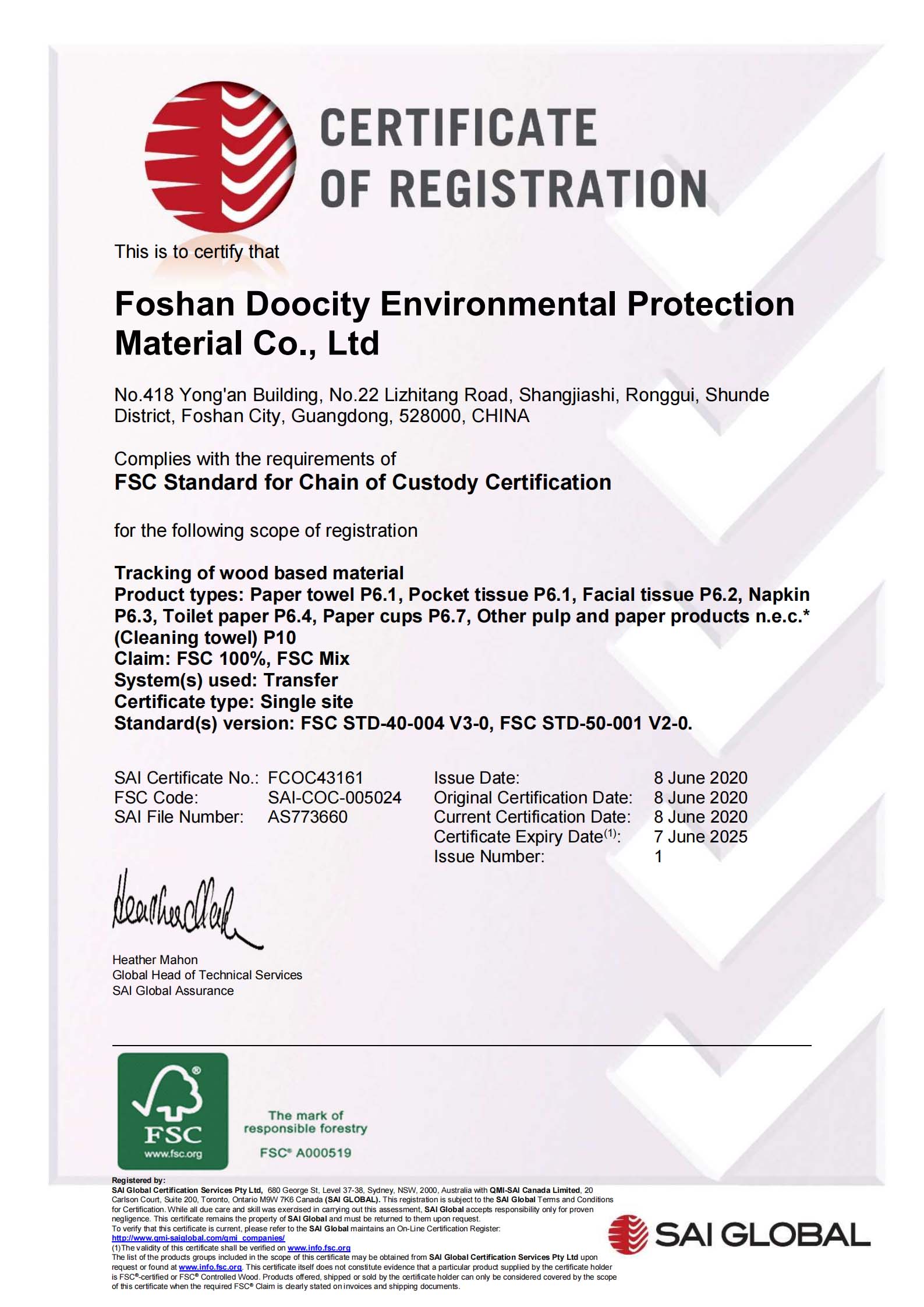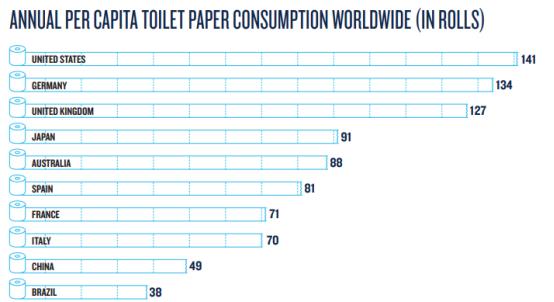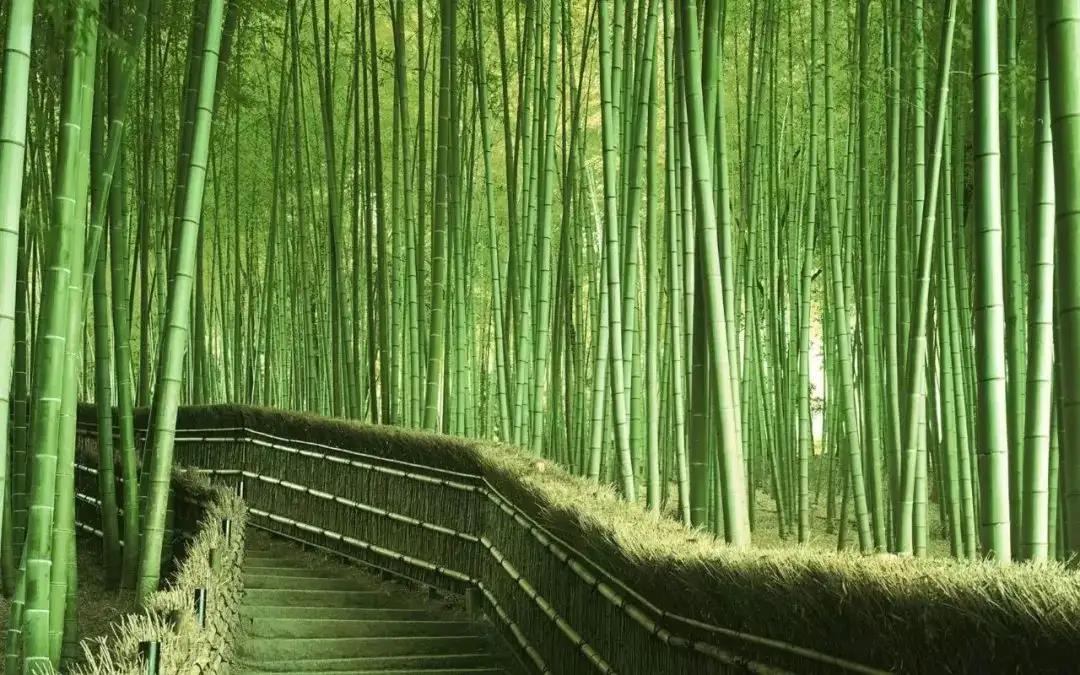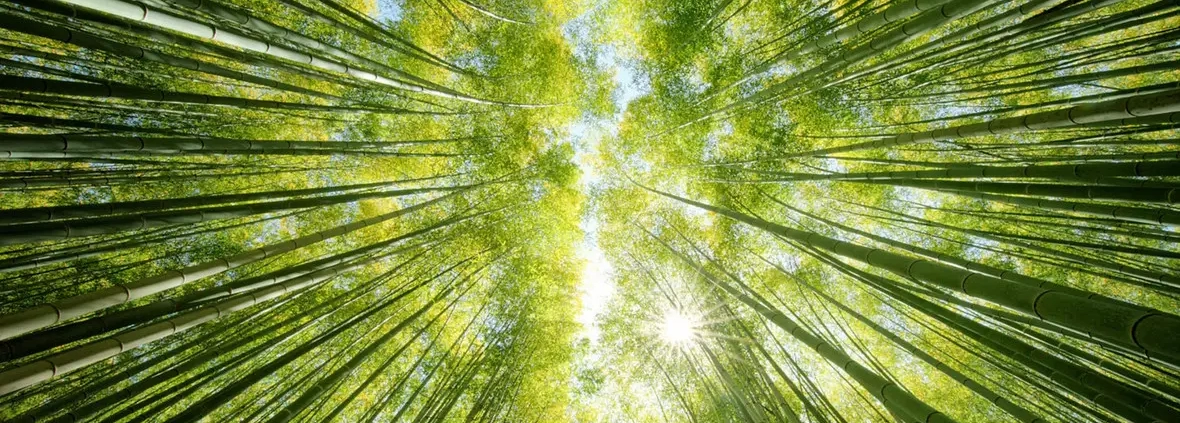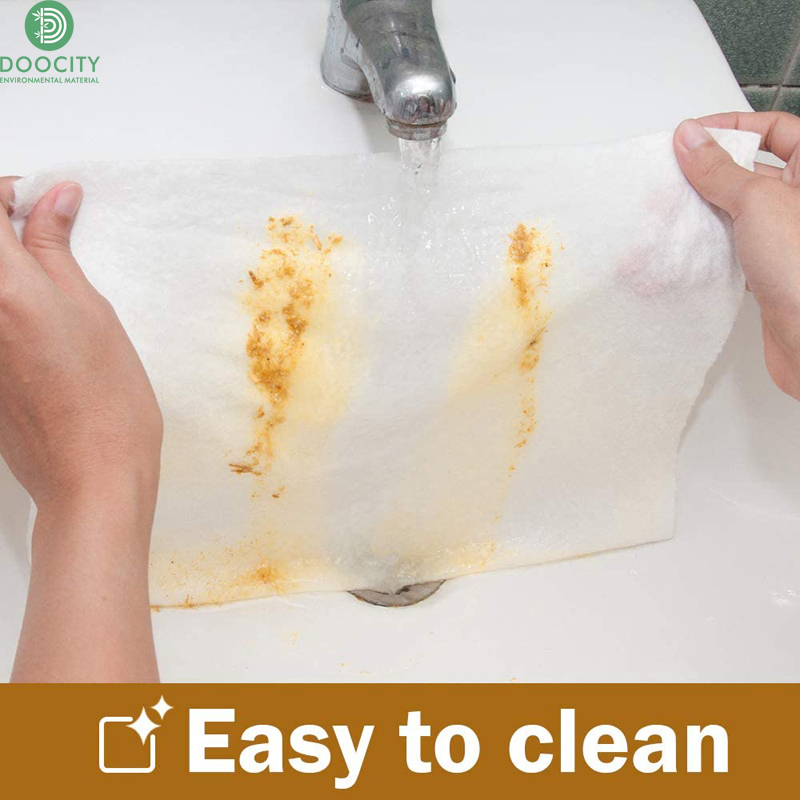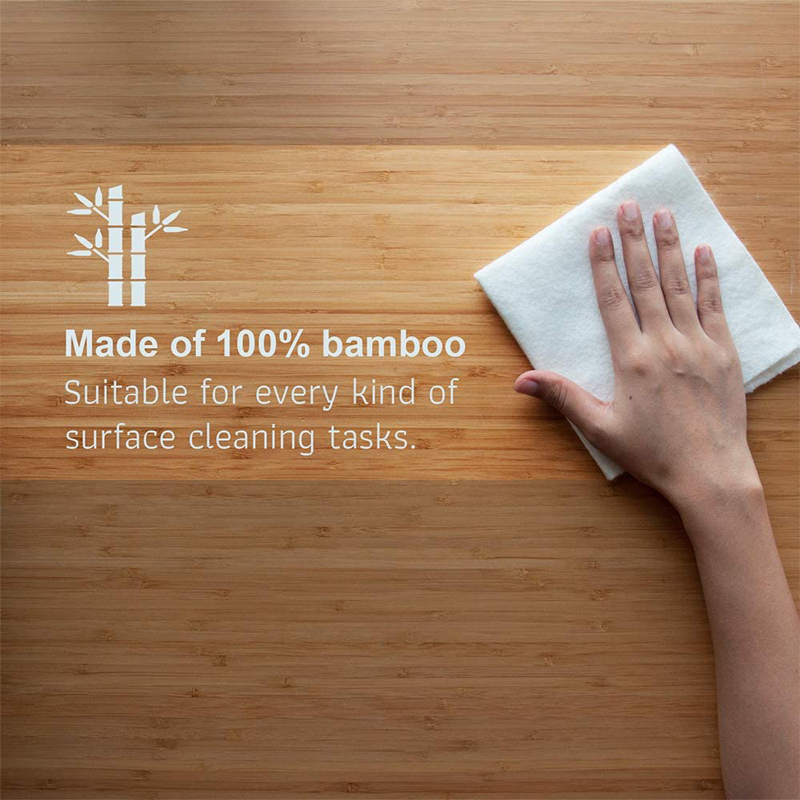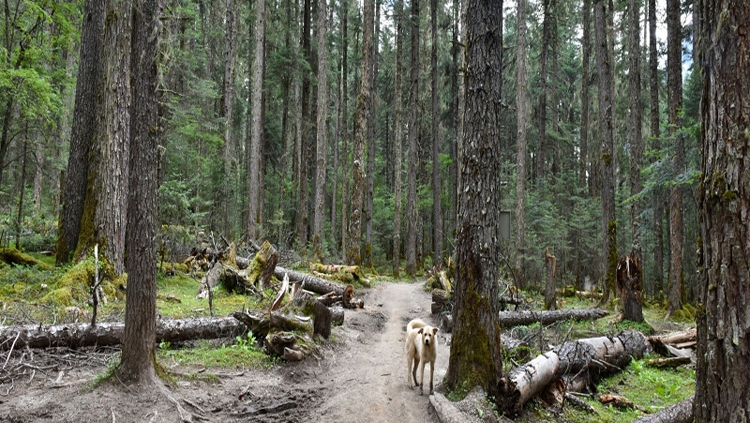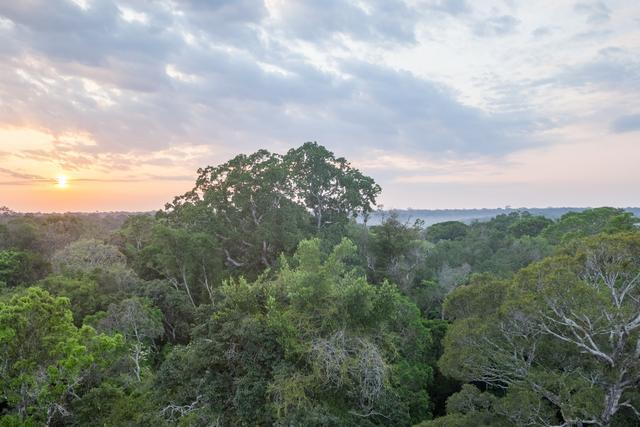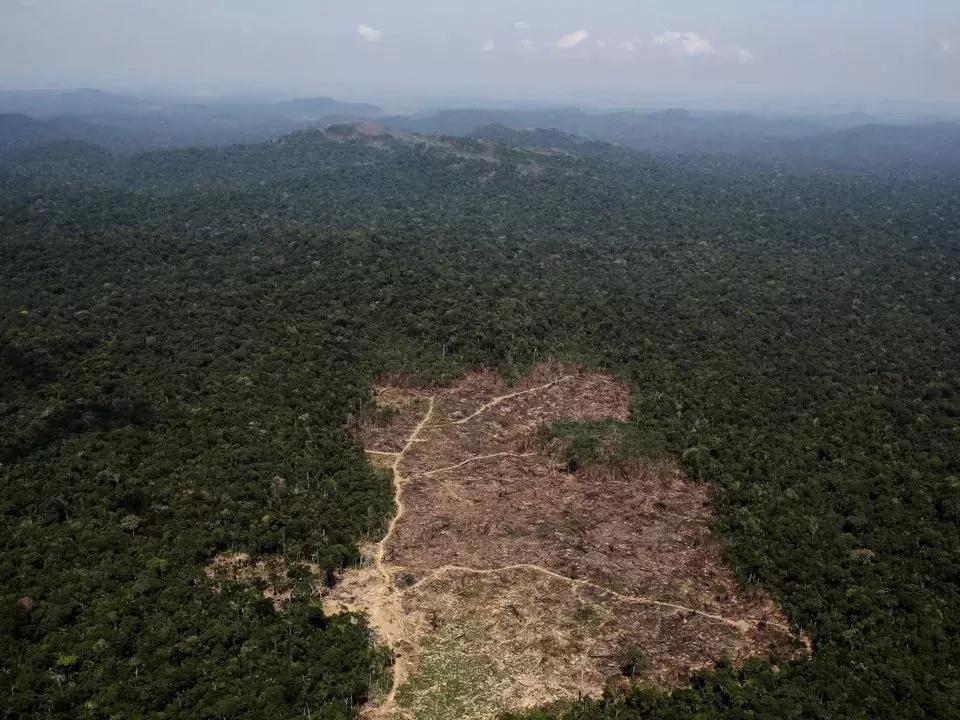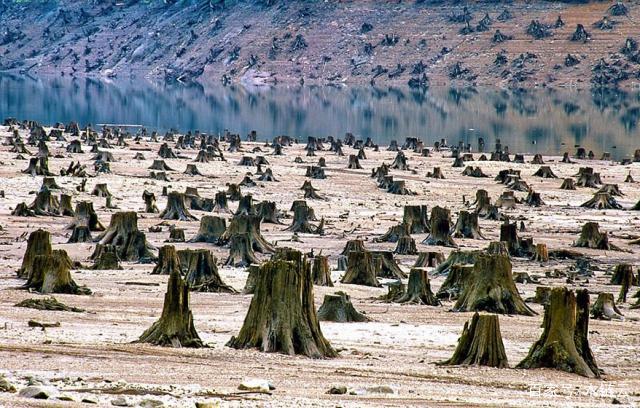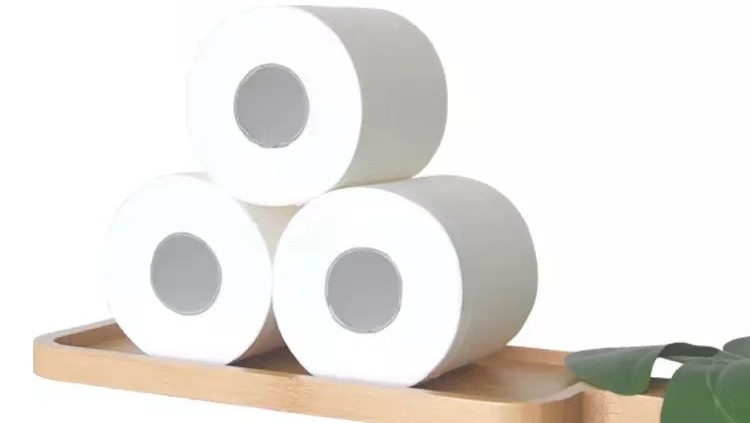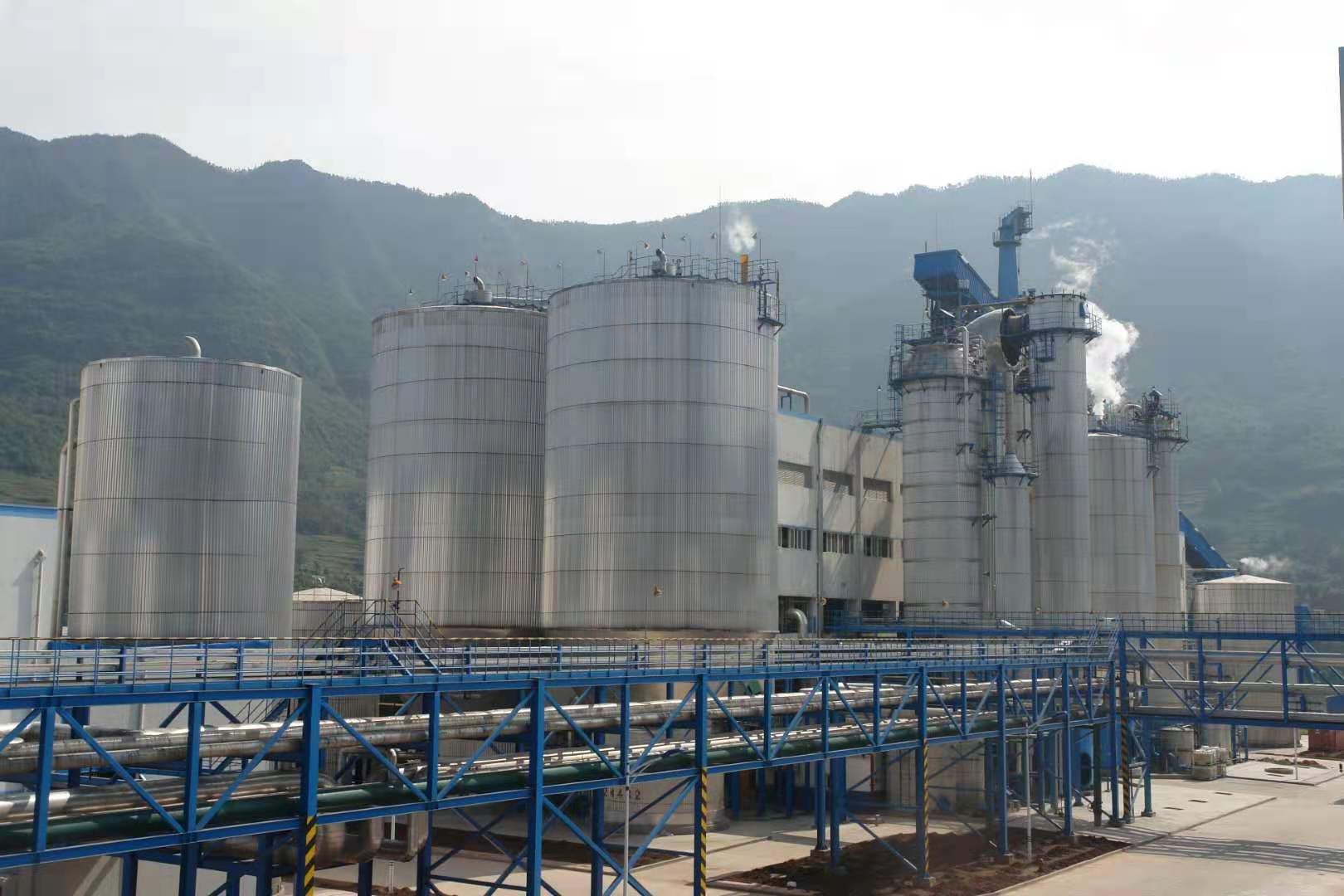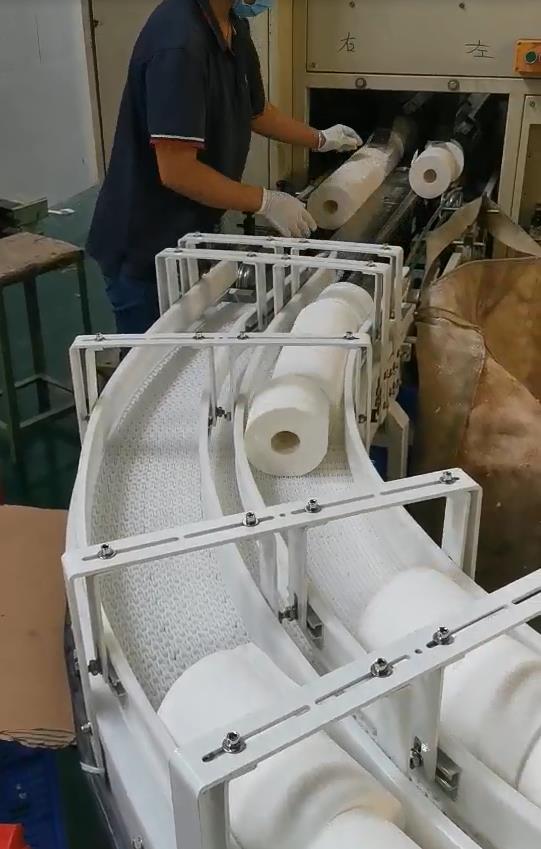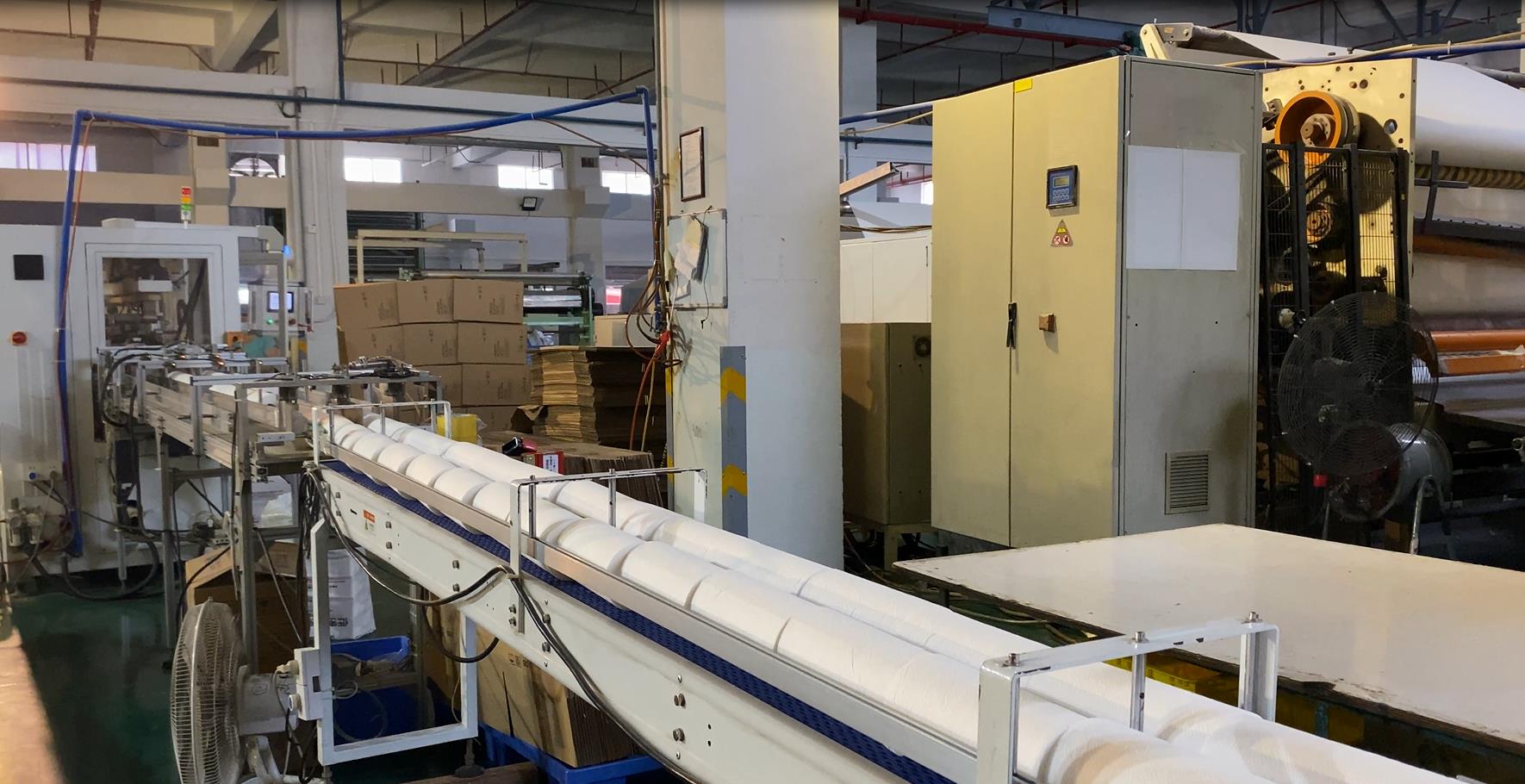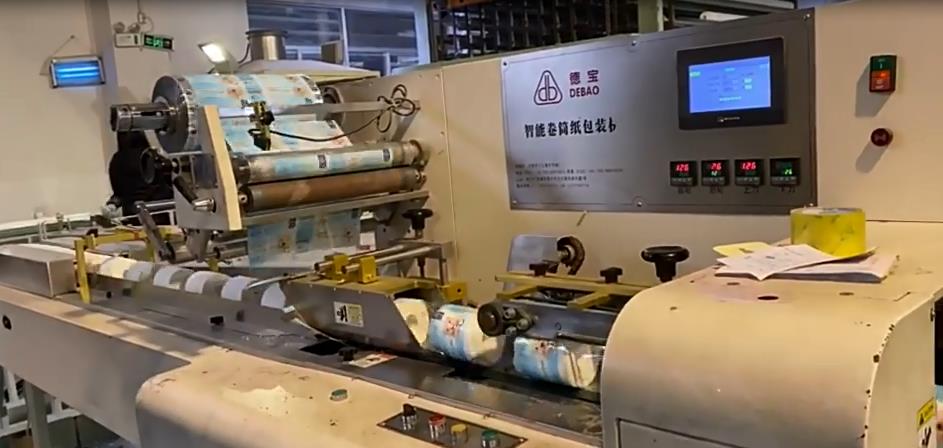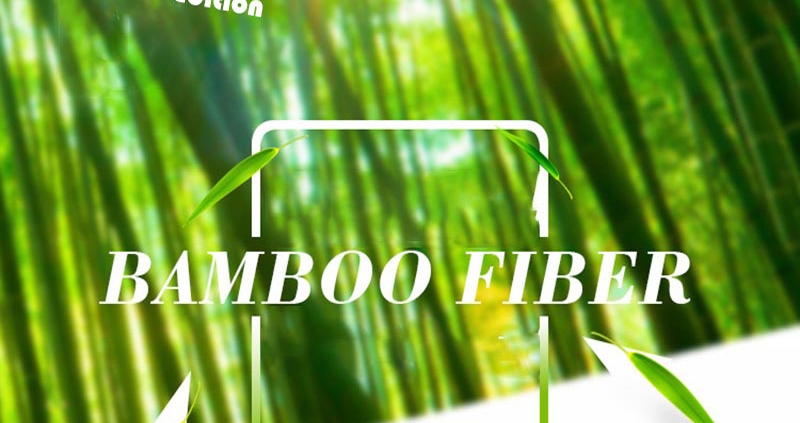What is difference between 2 ply and 3 ply facial tissue?
- Facial tissue thickness different. Same facial tissue.3 ply more thickness than 2 ply.
- Facial tissue different. Same facial tissue, For one pages, 3 ply one sheet price higher than 2 ply.
- The number of use varies. Facial tissue have same sheet quantity. The corresponding 2ply,3ply paper.The number of different. Now many factory like to mark sheet quantity.Most of time it will confusion 2ply and 3 ply. For example 450 sheets,2 ply facial tissue. That is 225 times take out. If each time use 1 sheet. Can use 225 times. 3 ply facial tissue, that is 150 times take out. If each time use 1 sheet,only can use 150 times.
- It’s used in different situations. Same paper, 2 ply facial tissue more thin.It will naturally be permeable some. If used for water, 3 ply facial tissue more better. If just wipe a little ash. 2 ply facial tissue enough to be competent.
The difference between different facial tissue:
一.Raw material
In fact, the choice of raw materials directly affects the quality and comfort of the facial tissue. Many people do not pay attention to the main ingredients on the facial tissue packaging when choosing. Many mark 100% wood pulp. Every one feel very good.
In fact,if take regular facial tissue, it mark 100% native wood pulp,although there are only two words different. But the raw materials themselves are thousands of miles apart. No matter health or end production will have big difference. So we should look carefully.
二.Sheet quantity
About sheet quantity that is each bag of paper total number of times. Most of factory wil be mark sheet quantity on the bag.But we also vigilant at this time, the so-called sheet quantity is the number of pieces of paper will be take out.rather than the number of pieces of paper. Generally there are two pieces of paper will be take out. But the small factory want to reduce the cost,will take out a paper one time.
三: Quality
In fact,facial tissue quality mainly from the feeling,toughness,water absorption,safety and health and other aspects to consider,in general. to confirm these characteristics need to purchase back to use. So in order for health of choose a regural brand of paper.
Needless to say, the size of the facial tissue, there are long bag and short bag of 18*18cm,18*13cm, Different sheet quantity, have 120 sheets,180 sheets, the price will be different, 1 sheet with 2 ply,3 ply, most of them have 2 ply,most of paper is the original wood pulp,bamboo pulp. The original ecological things are better.
Toilet paper in our life is an essential daily necessities, is also the most often used things, Toilet paper have roll paper and facial tissue, generally household is roll paper,facial tissue for working use, Now many brand for toilet paper, but quality varies. So how to choose high quality facial tissue? Today. I will tell you how to pick out good quality facial tissue when choosing it.
- Look at the facial tissue master package
Now regular qualified factory produce the facial tissue, in the package will be mark the detail clearly,such as production date.main materials used etc. Generally, the master package also have executive standard number. This number is GT/T2008. Warranty time 3 years. And facial tissue have different grades, among the best product quality is best. Qualified products are second. So when we buy the facial tissue, we can according this to choose quality.
- Look at production raw materials
Many facial tissue production raw materials are different. Because many raw material can make facial tissue. But all the paper on the market today. Wood pulp and bamboo pulp are the best quality. Because those paper used pure wood or bamboo to do it. So the quality is best. Safety.It’s made directly from plants.without checmically processed. It’s very flexible,smooth and feels good to use. Therefore, when we choose the facial tissue, it’s best to choose the toilet paper with wood pulp or bamboo as raw materials, so the quality of the facial tissue is the best.
- Facial tissue softness
Best quality facial tissue have more virgin wood pulp. Because virgin wood paper pulp is very softy. So when we tough the facial tissue, can be feel whether it is very smooth and comfortable.The bad quality facial tissue, tought it feel very bad and hard. Easy to scraps of paper. If we feel that the facial tissue has a very obvious sense of granularity, then we must pay attention to. Do not buy such paper. It will affect our health.
- Look at facial tissue toughness
Because good quality toilet paper, must be used virgin wood paper pulp or bamboo pulp manufacturer it. So this type toilet paper toughness very good. Touch it very bouncy. If we pull hard, it shouldn’t break easily. Good toilet paper, when we pull hard, only pull a little fold. It doesn’t break. And those poor quality toilet paper, when we pull it, it will be veryfragile, easy to tear.
- Look at facial tissue whiteness
We maybe think that products more white more cleaner. Because white color looks cleaning. So we think the white paper more better.But the truth is not so. On the contraty, a lot of special white paper, some factory in order let the paper more white, add more whitening agent into it. So it will appear very white and clean. Our country has a regulation on the whiteness of paper, the whiteness is up to 90%, if the whiteness exceeds this figure. It will not meet the requirement. If you use this paper for a long time, will get some skin diseases and even cancer. So we must correct this idea, the whiter is not the better.
Normal, healthy paper is usually like ivory white. It is a natural white. So when we select paper, must pay attention to above aspects. For family and own health, do not ignore these problems.

